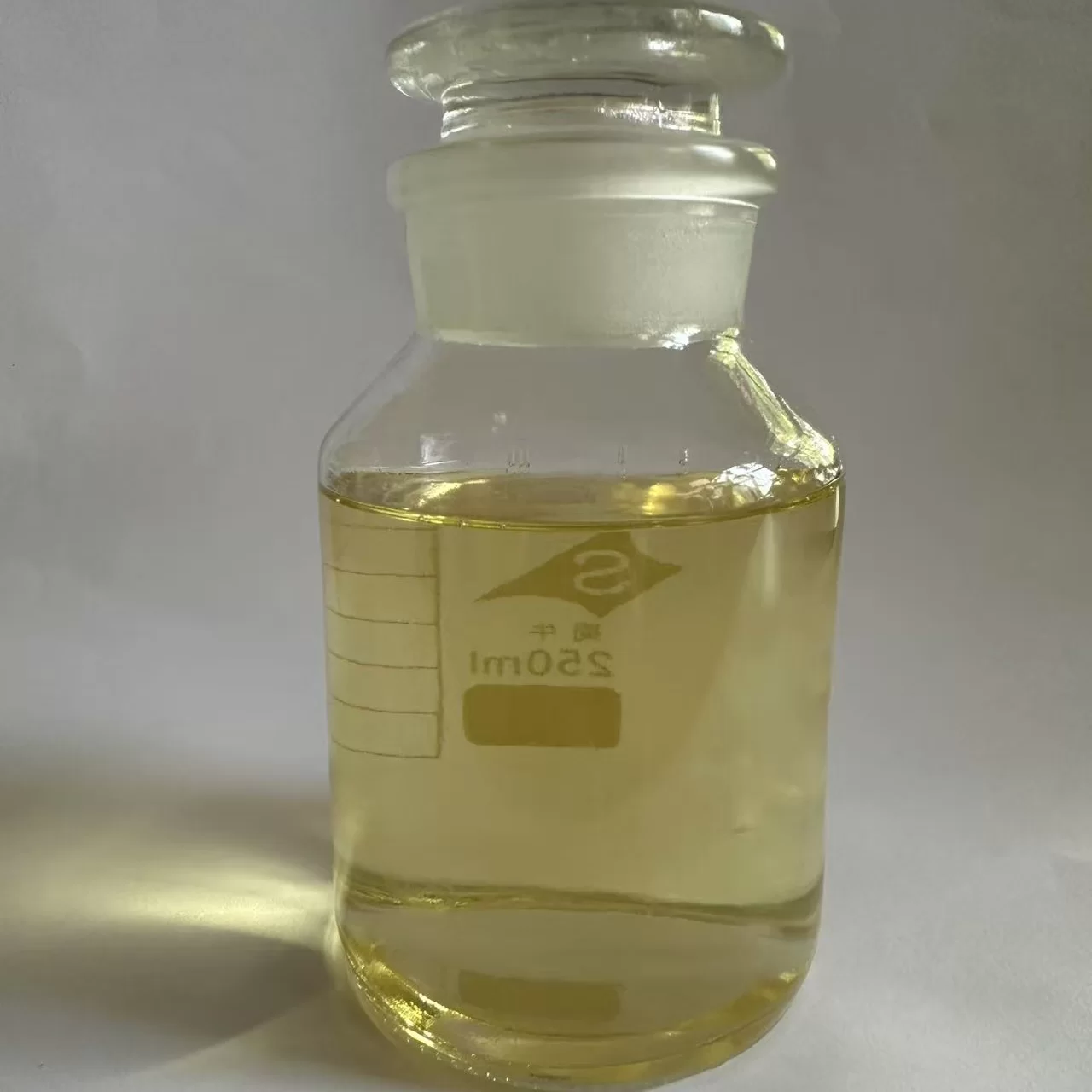Inside the World of textile auxiliaries manufacturer
Honestly, the textile industry often doesn’t get the spotlight it deserves, especially when it comes to all the magic behind the scenes. Take textile auxiliaries manufacturers, for example—they’re the unsung heroes making sure our fabrics aren’t just functional but also fabulous.
Current Industry Trends
The market for textile auxiliaries is evolving rapidly. Sustainability is a big buzzword, and rightly so. Many manufacturers are shifting toward bio-based auxiliaries to reduce environmental impact. In fact, there’s a noticeable rise in eco-friendly softeners and anti-creasing agents that don’t compromise performance. Also, digital printing’s growth means these chemicals now need to support high-definition imagery without fading or bleeding—a challenge that some vendors are solving better than others.

Technical Specifications & Product Highlights
So, what exactly are we talking about when we say textile auxiliaries? These are specialty chemicals like softeners, antifoaming agents, leveling agents, and dye carriers that improve processing and enhance fabric qualities.
| Product | Function | Typical Dosage (wt%) | pH Range | Service Life |
|---|---|---|---|---|
| Softener-X10 | Improves hand feel & drape | ≈0.5 – 1.5% | 6.5 – 8 | Up to 12 wash cycles |
| Anti-Crease Pro 200 | Prevents wrinkling & improves fabric smoothness | ≈1.0% | 4 – 7 | 12–15 wash cycles |
| DyeFix Plus | Enhances dye fixation & color fastness | ≈0.3 – 0.7% | 5 – 9 | Up to 20 home washes |
Real-world use may vary based on fabric type and washing conditions. Testing based on ISO 105-C06 standards.
Process Flow: From Material to Finished Fabric
Let me break down a typical journey for these auxiliaries. Starting with raw materials, many manufacturers rely on a mix of petrochemical derivatives and new-age bio-polymers. The synthesis involves complex reactions—think emulsification, polymerization, or salt formation—tailored for the desired function.
After synthesis, products undergo rigorous testing: viscosity checks, pH titrations, and performance assays like abrasion resistance or wash fastness. Standards like ASTM D5053 and ISO 105 ensure consistent quality. If you’re in quality control, these tests are bread-and-butter, although the occasional ‘Hmm, that batch isn’t behaving’ moment keeps things interesting.

The final formulations are shipped to textile mills, where they’re added during different stages—scouring, dyeing, finishing—each step requiring precise dosing and conditions. Textile auxiliaries manufacturers often provide on-site technical support, which customers appreciate a lot, especially when production schedules are tight.
Advantages & Application Scenarios
Using specialized auxiliaries can make a real difference. They:
- Enhance fabric feel and extensibility, making clothes more comfortable.
- Boost dye uptake, reducing waste and improving color brightness.
- Improve fabric longevity, resisting creases and wear.
- Support eco-friendly processes—lowering water and energy consumption.
Industries benefiting include apparel, technical textiles, home furnishings, and even automotive fabrics. A friend working in automotive interiors swears by the durability improvement from smart auxiliaries in seat fabrics. Apparently, it’s a game-changer for high-traffic vehicles.
Vendor Comparison: Choosing Your Partner
Picking a reliable textile auxiliaries manufacturer isn’t just about price. Service, customization, and certifications matter too. Here’s a quick breakdown of three big names:
| Vendor | Sustainability Certification | Customization Options | Global Presence | Customer Support |
|---|---|---|---|---|
| EcoChem Textiles | GOTS, OEKO-TEX® | High (formulation tweaks) | Asia, Europe, Americas | 24/7 Technical Hotline |
| TexPro Solutions | OEKO-TEX® Standard 100 | Moderate (packaging & delivery) | Europe, Middle East | Regional Support Offices |
| PrimeAux Chemicals | ISO 14001 | Limited | Global | Online Knowledge Base |
Customization & Customer Feedback
Many mills report that a one-size-fits-all approach just doesn’t cut it. They often turn to suppliers offering customized auxiliaries based on fabric type, end-use, and even budget constraints. I’ve heard from some textile engineers that tailored auxiliaries improved their yields by ≈8-12%. It seems that being open to tweaks can really pay off.
Interestingly, customers also value quick response times and on-site consultations, not just the chemistry. One client shared how rapid troubleshooting during a dye-run saved them from a major batch rejection. Speed matters, in this line of work!
Case Study Snapshot: Sustainable Denim Production
A denim mill in Turkey partnered with a leading textile auxiliaries manufacturer to incorporate new bio-softeners and enzyme stabilizers. The result? A 30% reduction in water use and a 15% cut in chemical waste, without sacrificing softness or durability. Their fabrics now meet both OEKO-TEX® and bluesign® standards, attracting eco-conscious global brands.

To wrap up, textile auxiliaries manufacturers are more than just chemical suppliers—they’re innovation partners driving industry transformation. Whether you’re chasing sustainability goals or technical excellence, choosing the right manufacturer makes a tangible difference.
References
- International Organization for Standardization. (2022). ISO 105 – Textiles—Tests for colour fastness.
- ASTM International. (2021). ASTM D5053 – Standard Test Method for Abrasion Resistance.
- Textile World Magazine. (2023). “Sustainability in Textile Auxiliaries: Trends and Innovations.”
- OEKO-TEX®. (2023). Standards and Certifications Overview. Retrieved from oeko-tex.com








